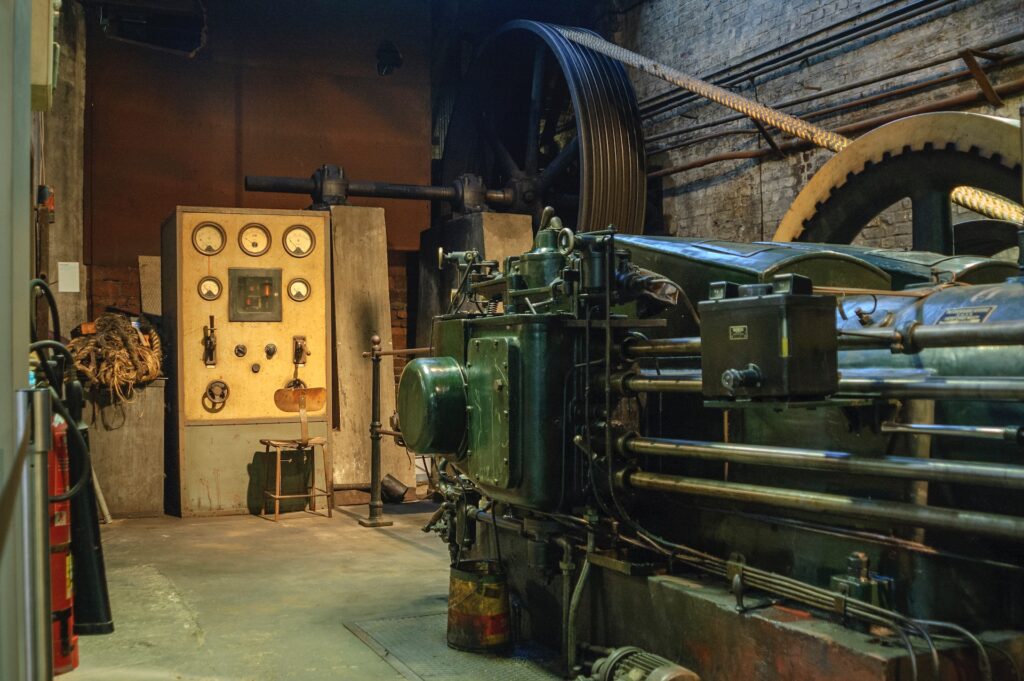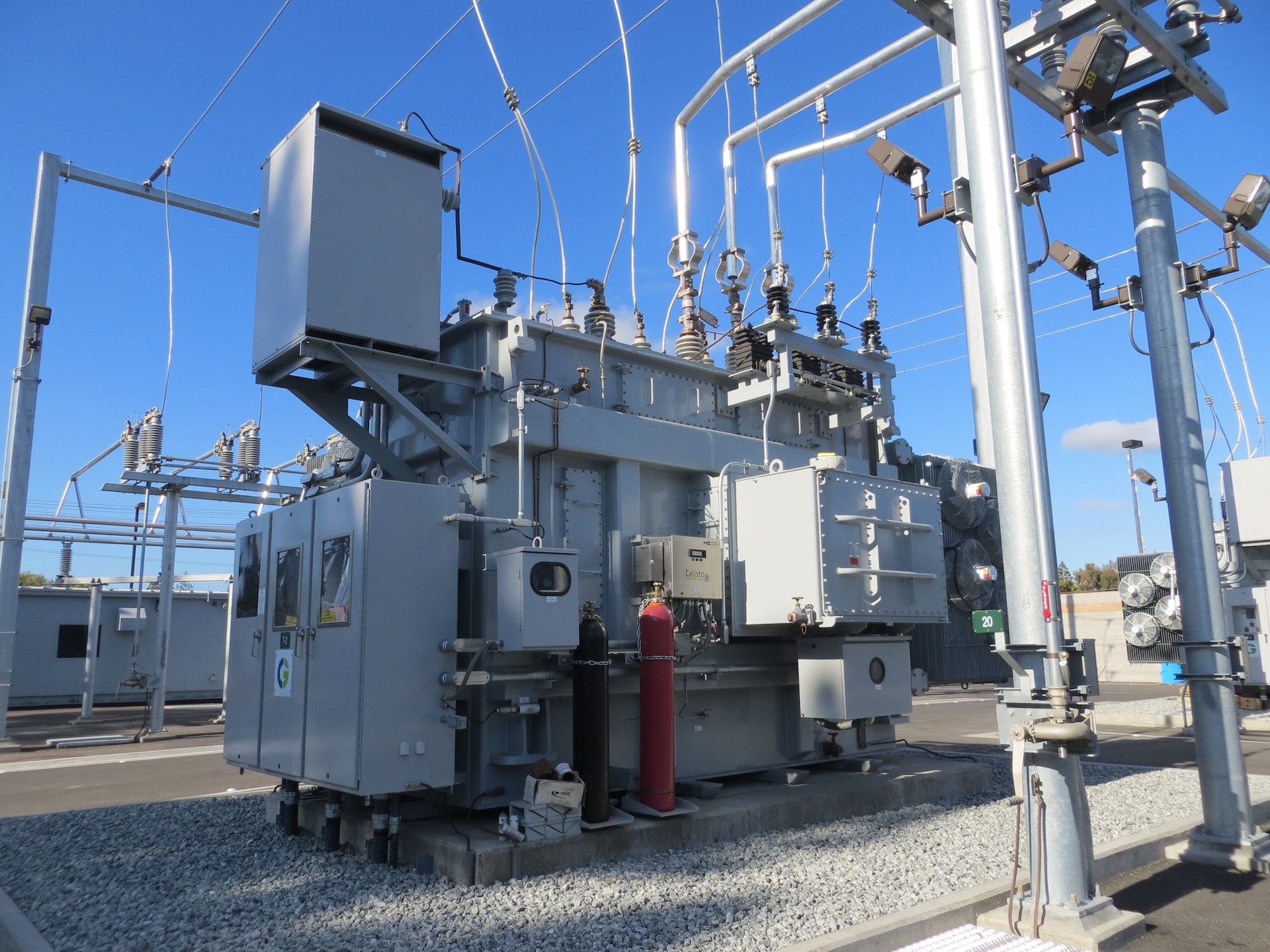You’re considering a generator, but can’t decide between portable and standby? You’re not alone. It’s a tough call, isn’t it? But don’t fret. We’ve broken down the pros and cons of both types in this comprehensive comparison.
We’ll delve into cost, maintenance, power output, and more. So grab a cup of coffee, and let’s get started. It’s time to find the perfect generator for your needs.
Understanding Portable Generators

Often, you’ll find that portable generators offer a convenient, cost-effective solution for temporary power outages. They’re lightweight, easy to move, and require no complex installation. You’ll appreciate the flexibility they offer, allowing you to power specific appliances or circuits.
However, remember that they’re manual-start and need refueling, which could be inconvenient during extended outages. Simultaneously, they provide less power compared to standby generators, making them unsuitable for larger homes or businesses.
When choosing a portable generator, consider factors like fuel type, wattage, and noise levels. Don’t forget to safely store fuel and use a transfer switch for safe operation.
Despite their limitations, portable generators can be a lifeline during unexpected power disruptions.
Exploring Standby Generators
While you may find portable generators handy for temporary outages, you’ll appreciate the power and convenience of standby generators for longer-term solutions.
Unlike their portable counterparts, standby generators are installed permanently on a concrete pad in your home’s exterior and will provide uninterrupted backup power for days.
They’re wired directly into your electrical system and are fueled by an external source like natural gas, propane, or diesel.
When the power goes out, an automatic transfer switch disconnects you from your utility after sensing the power loss. Then, it starts your generator and transfers the electrical load to it, all within seconds.
When utility power returns, the switch shuts off the generator and reconnects your house to the grid.
This seamless transition provides you with reliable, continuous power.
Cost Analysis: Portable Vs Standby

Now, let’s delve into the financial aspect of both portable and standby generators to help you understand which option might be more cost-effective for your needs.
Portable generators are generally less expensive upfront, with prices ranging from $500 to $1500. However, they demand frequent fuel refills, which can add to your expenses over time. They also require regular maintenance, which might incur additional costs.
Standby generators, on the other hand, have a higher initial cost, typically between $5000 and $10,000. Yet, they’re fuel-efficient and require less frequent maintenance. The installation costs can be high, but they offer an uninterrupted power supply and kick in automatically during power outages.
Therefore, your choice should be based on your budget and long-term power needs.
Maintenance and Longevity Comparison
Let’s dive into the maintenance and longevity of portable and standby generators, so you can better understand which type fits your needs over the long haul.
Portable generators typically require more regular maintenance. You’ll need to check oil levels, refill fuel, and replace parts more frequently. Over time, this might lead to higher upkeep costs.
Standby generators, on the other hand, are designed for longevity. They’re built with durable materials and have self-testing features, reducing maintenance needs. However, they do require professional servicing annually.
Moreover, standby generators usually outlast portables, offering 15-20 years of service, compared to 10-15 for portables. But remember, this lifespan heavily depends on usage and maintenance.
Understanding these factors ensures you make an informed choice.
Power Output and Usage Differences

Continuing from maintenance and longevity, another key aspect you’ll need to consider in your generator selection process is the power output and usage differences between portable and standby units.
Standby generators are hardwired into your home’s electrical system and can provide power for the entire house, making them ideal for heavy-duty usage. They typically have a higher power output, ranging from 5,000 to 20,000 watts.
On the other hand, portable generators are designed for temporary or occasional power needs. They’re usually smaller, with power output ranging from 1,000 to 8,500 watts.
Conclusion
In sum, your choice between portable and standby generators hinges on cost, maintenance, longevity, and power needs.
Standby generators may cost more upfront, but offer longer life and less upkeep.
Conversely, portable generators are cheaper but require more maintenance.
Power output varies too, with standby generators typically offering more.
Ultimately, identify your power requirements, budget, and commitment to maintenance to make the most informed decision.










